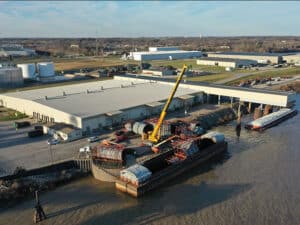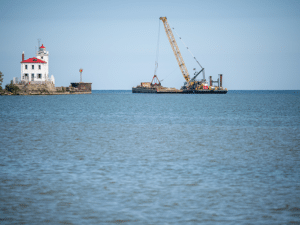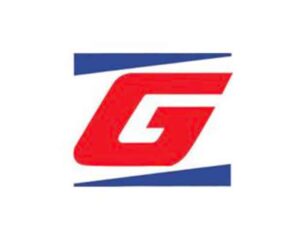
CEO Spotlight: Matthews takes the helm at Port of South Louisiana
Written by Heather Ervin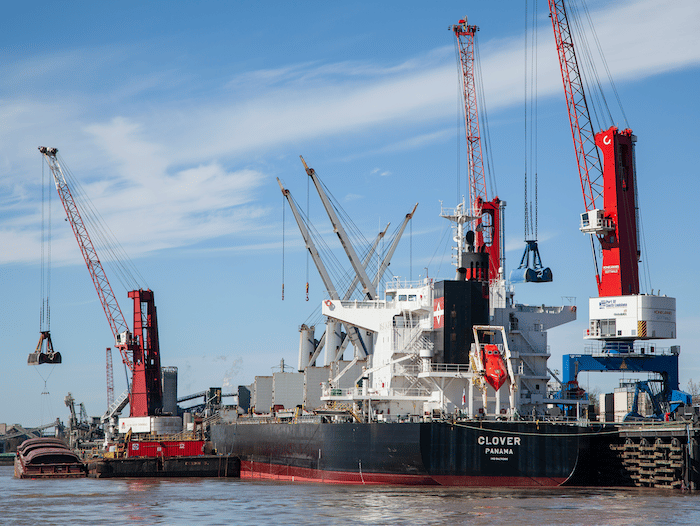
The general cargo dock at the port’s public facility, Globalplex Intermodal Terminal, which was recently outfitted with two high-capacity Konecranes. (Credit: Globalplex Terminal)
Paul Matthews took over as the new executive director of the Port of South Louisiana this past January. Matthews replaces long-time Executive Director Paul Aucoin, who served the port for over eight years and led the organization through record growth. He is the first African American port director in the history of the state of Louisiana.
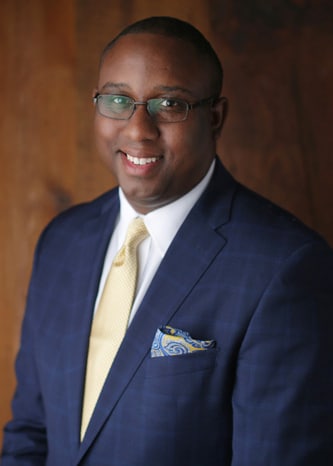
Matthews has several years of port experience in the Gulf region. Prior to joining the Port of South Louisiana, Matthews served as deputy port director at Plaquemines Port Harbor and Terminal District. He joined Plaquemines Port in 2017 after serving as the community affairs manager at the Port of New Orleans.
As deputy director, he helped negotiate multi-million-dollar terminal leases and facilitated the development of a private-public partnership to expand rail service at the Plaquemines Port. He also assisted in securing millions of dollars of federal port security and dredging funds and was involved in attracting grants for critical port infrastructure projects among so many other things.
When he took over at the port, Matthews said that he looks forward to leading the Port of South Louisiana by maintaining so many of the port’s successes and growth through focus on infrastructure, agriculture and the energy transition. Here’s what else he had to say in a Marine Log exclusive:
Marine Log (ML): Prior to your designation as the Port of South Louisiana’s new executive director, you held roles at Plaquemines Port Harbor and Terminal District and at the Port of New Orleans. Can you tell us a bit about those roles and what you learned that you plan to keep in mind as you lead the Port of South Louisiana?
Paul Matthews (PM): During my tenure at the Plaquemines Port, I helped negotiate multi-million-dollar terminal leases and facilitated a private-public partnership to expand rail service. I also assisted in securing millions of dollars of federal funds for port security and dredging, and was involved in attracting grants for critical port infrastructure projects. As I spent more time at Louisiana ports, I quickly realized that community outreach was lacking. The people knew there were ports but didn’t know exactly where they were or what they did. I spearheaded a community outreach plan to bring awareness to our maritime operations and have continued to advocate for the connection between residents, industry and the actual ports. I’m likely the only individual to have spent time working at three ports in the same region. I plan to use the perspective I gained from working at those ports with great leaders as I work with my team at the Port of South Louisiana. Regionalism is necessary for us to all achieve our full potential in the maritime industry.
ML: How did you get your start with ports? Is it a career path that you saw coming or did you happen into it like so many of us?
PM: I began my journey in the port industry in 2012, when I joined the Port of New Orleans to spearhead community affairs. My efforts led to engaging more than 6,000 civic, business, academic leaders, and local, state, and federal elected delegations with maritime-related issues, such as economic and workforce development and infrastructure improvement.
I think if it hadn’t been for the advice and mentorship of then-executive director, Gary LaGrange, a career in the maritime industry would not have been on my radar.
ML: As many of our readers know, Paul Aucoin is your predecessor. Have you had the chance to talk to him about your role and was there anything valuable he instilled in you in preparation for you taking over?
PM: I know I have big shoes to fill as executive director of the Port of South Louisiana. Paul Aucoin’s accomplishments and the impact of the port on the regional and national economy are inarguable. His advice was simple: acknowledge short-term and long-term challenges, establish goals, formulate a plan while leaving room for adjustment, rely on your staff, and understand the board. Paul helped to continue the Port of South Louisiana’s success. My approach will be different, but no les impactful, of course.
ML: The Port of South Louisiana is one of the country’s largest tonnage ports. What’s going on at the port that our readers might find of interest? Any new expansions or projects in the works?
PM: Transportation is our business. We are truly multimodal, with access to land, air, road and rail. We’ve been focused on upgrading the road aspect and taking advantage of some of the federal funding available.
Infrastructure improvements to our Globalplex Intermodal Terminal include:
- Installation of two Konecranes Gottwald Model 6 Portal Harbor Cranes that will expand our cargo capacity to help win back tonnage and help with mid-streaming frequency and speed;
- Reinforcement of the dock that will increase weight limit and improve truck capacity;
- Internal roadway improvements to help ease use of our facilities; and
- Second access bridge to improve ingress/egress to our dock.
Additionally, we are supporting the following regional infrastructure, transportation projects:
- I-310/U.S. 90 corridor and improvements, which will upgrade 160 miles of U.S. 90 to interstate standards;
- Widening of LA 3127 that will convert the roadway from a two- to a four-lane highway;
- Installation of I-10/Reserve interchange that would provide a direct access to I-10 from Reserve, alleviating traffic in LaPlace and Gramercy; and
- Extension of runway at PSL’s Executive Regional Airport from 5,100 to 6,500 feet to accommodate larger corporate and eventually cargo aircraft.
ML: A hot topic at the moment is sustainability and greening maritime operations. Is the port tackling some of these green hurdles to become a more sustainable operation? If so, can you tell us more about that?
PM: We are poised to assist existing industry in making attractive energy transitions, including the introduction of alternate fuel for modern vessels.
We also support the initiative of green fuels/carbon capture. Wind and solar also play a part in making renewable energy successful for all. Our existing industry has already begun to try new ideas to speak to the green movement and we are prepared to help in any way we can.

